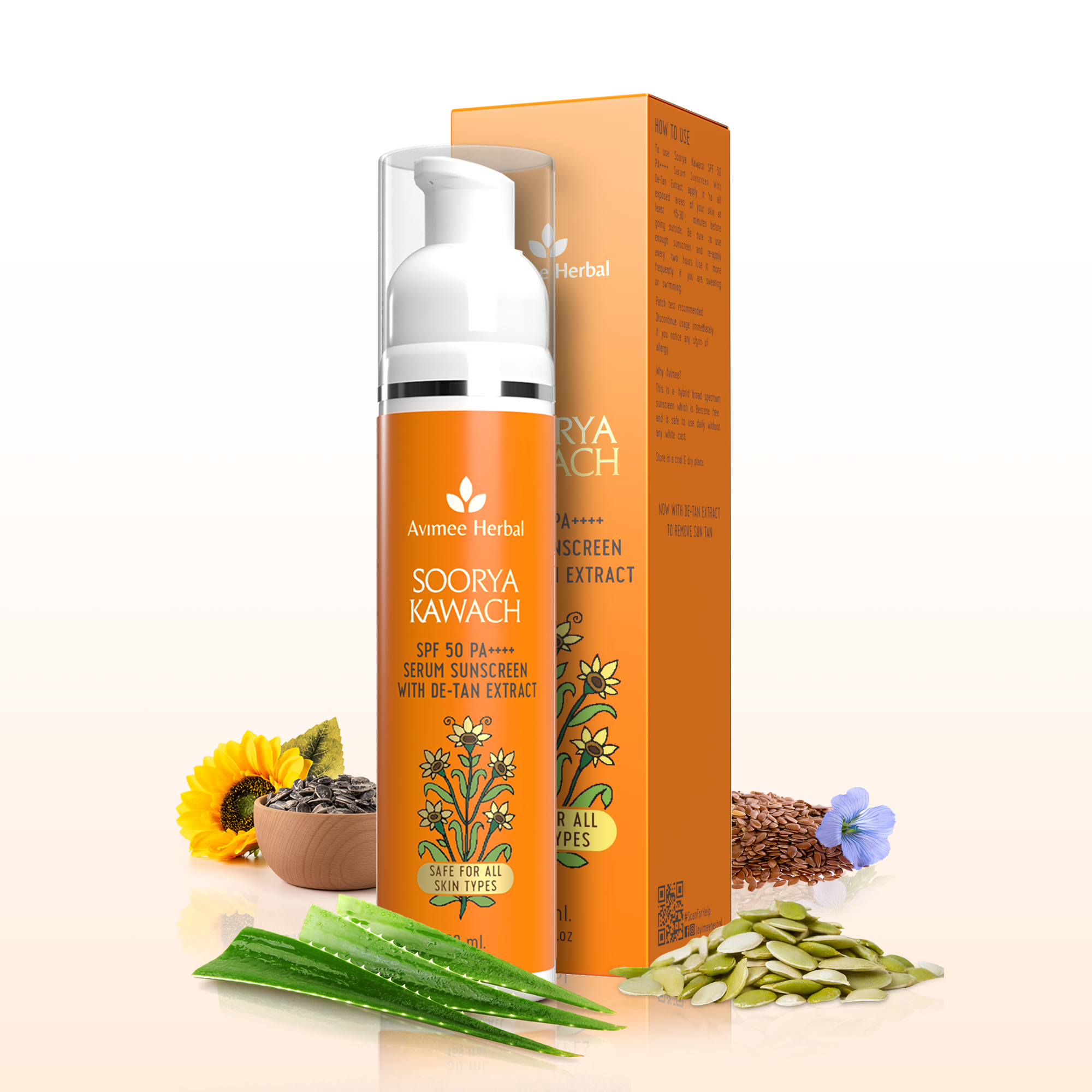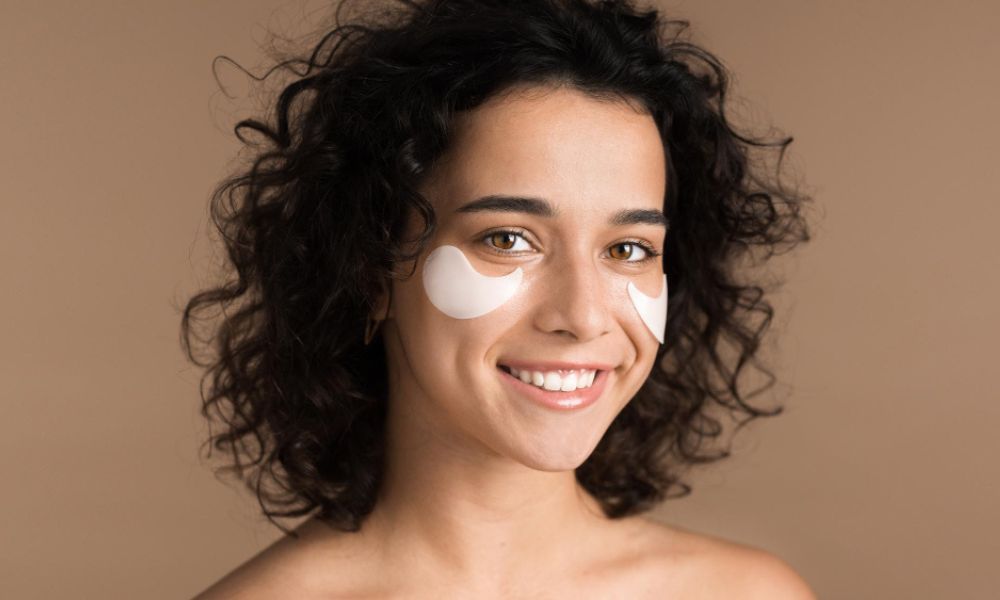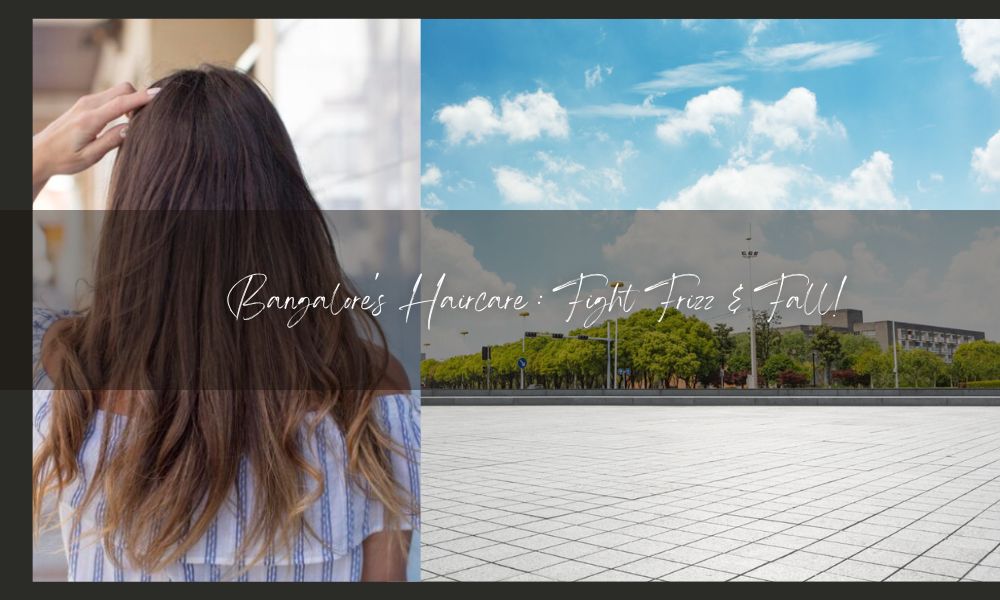
Does Sunscreen Prevent Tanning? Get the Facts!
Summer is here, and with it comes the desire to soak up the sun. But before you reach for that tanning oil, remember this: tanning is not healthy. It's actually a sign of skin damage, and even with sunscreen, it's still possible to get tanned.
Sun exposure triggers special cells in your skin called melanocytes to produce melanin. Melanin is like a natural sunscreen, giving your skin its tan color. It's your body's way of trying to protect itself from the sun's harmful rays.
Sunscreen helps block some of those rays, depending on its SPF. Even with sunscreen, some UV rays can still get through, especially if you're outside for a long time. These rays still stimulate melanin production, causing a tan.
Here's the example: Imagine wearing a wide-brimmed hat. It shades most of your face, but some sunlight might still reach your cheeks. Sunscreen works similarly. It offers protection, but some UV rays might sneak through, leading to a lighter tan compared to unprotected skin.
Remember, any tan is a sign of sun damage.So, while sunscreen helps reduce tanning, consistent reapplication and sun-protective clothing are key for optimal defense!
Why Sunscreen Matters:
Sunscreen is your skincare superhero, shielding it from harmful UV rays that cause sunburns, premature aging, and even skin cancer. It works by:
- Absorbing: Blocking UV rays before they reach your skin.
- Reflecting: Bouncing harmful rays away.
- Sunscreen and Tanning: Sunscreen reduces, but doesn't eliminate, tanning. Even the best SPF 100 sunscreen blocks 99% of UVB rays and PA++++ sunscreens protect against up to 95% of UVA rays. So, some rays get through, triggering melanin production (tanning) as your skin's defense mechanism.
# Understanding Tanning:
Tanning is your skin's SOS signal. When UV rays hit, melanocyte cells produce melanin, darkening your skin to shield deeper layers.
While melanin offers some protection, prolonged tanning is harmful.
How Long Does Tanning Take?
It depends on factors like skin type, sun intensity, and exposure duration. Fair skin tans faster and is more prone to sun damage.
A noticeable tan can develop in minutes or hours, but even a mild tan indicates skin stress.
The Damaging Effects of Tanning:
While it seems like a harmless defense, tanning comes with risks:
- Sunburn: Redness, pain, and inflammation caused by excessive UV exposure.
- Premature Aging: Wrinkles, fine lines, and age spots due to collagen breakdown from UV damage.
- Skin Cancer: Increased risk of melanoma, the most dangerous form.
Here's how to keep your skin healthy and sun-safe:
- Sunscreen: Use SPF 30+ broad-spectrum sunscreen daily, reapplying every 2-3 hours and after swimming/sweating. Consider best herbal Sunscreen with Niacinamide for added benefits.
- Protective Clothing: Opt for lightweight, breathable clothing that covers exposed skin.
- Seek Shade: Avoid direct sun, especially during peak hours (10 am - 4 pm). Use umbrellas or seek shade whenever possible.
- Sunglasses: Wear sunglasses with 100% UV protection to shield your eyes.
By following these tips and using effective sunscreens like ---, you can enjoy the summer sun safely, leaving tanning and its risks behind. Remember, healthy, protected skin is always beautiful!
FAQ:
Question 1: Does frequent use of sunscreen cream darken the skin?
Ansswer: In general, frequent sunscreen use shouldn't darken your skin. It actually protects your skin from sun damage that can cause tanning and hyperpigmentation. However, some factors like certain ingredients or improper application can lead to a temporary darkening effect.
Question 2 : Why would I wear sunscreen if I'm not in the sun?
Answer: We recommends daily sunscreen use for UVA protection even indoors. Regular glass windows block UVB rays (burning) but not UVA rays (aging and skin cancer). A daily sunscreen habit keeps your skin safe!









Leave a comment
This site is protected by hCaptcha and the hCaptcha Privacy Policy and Terms of Service apply.